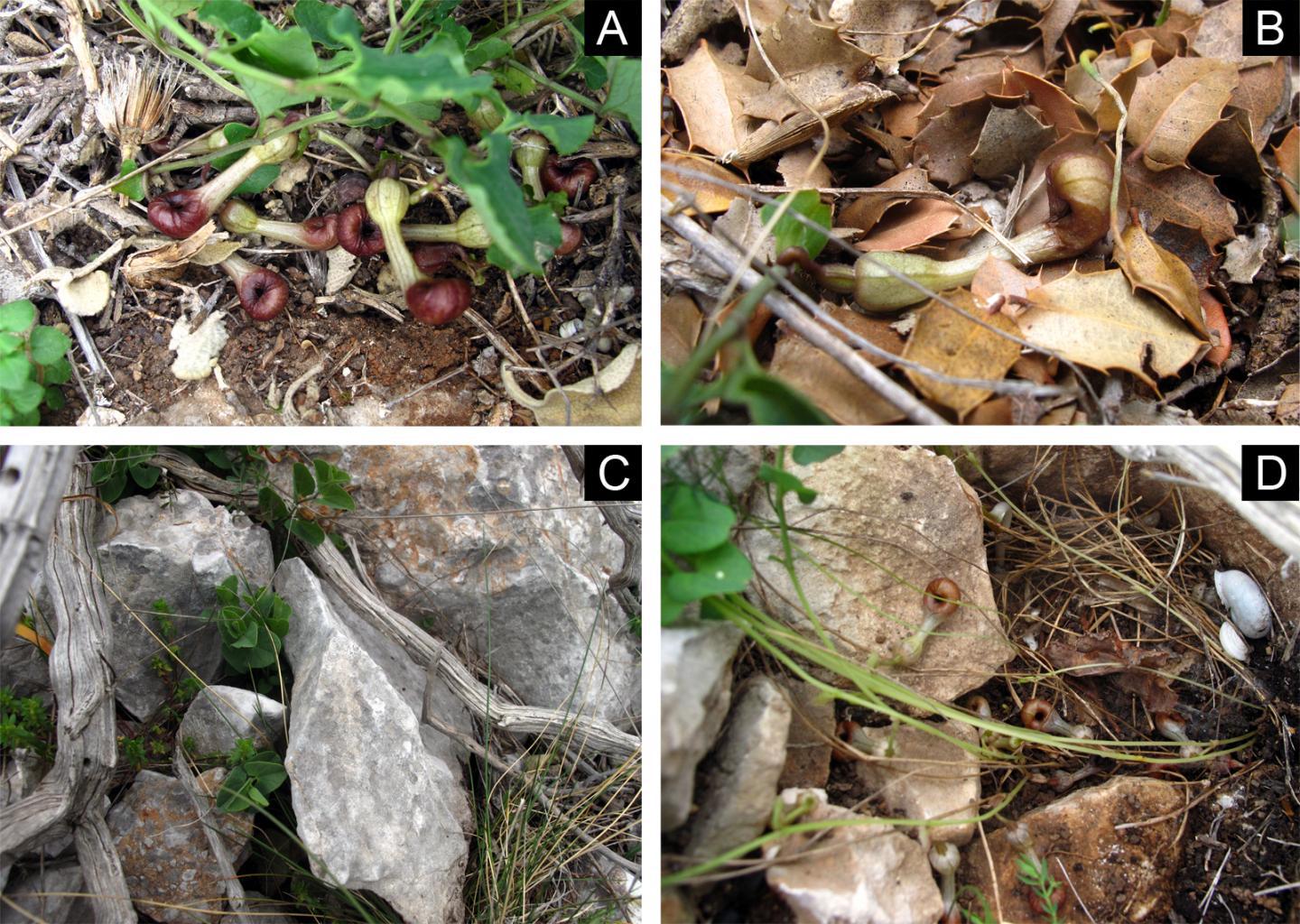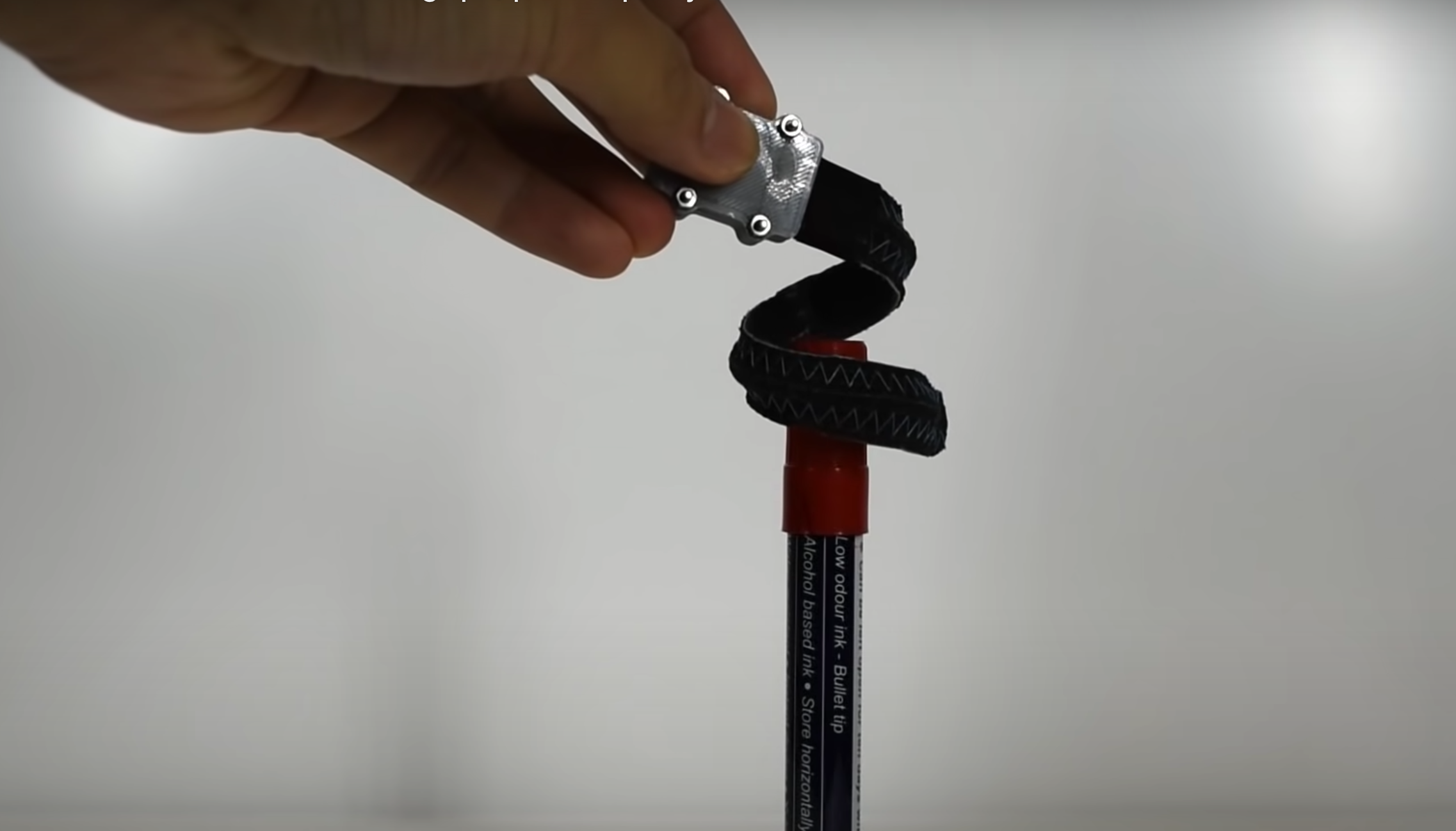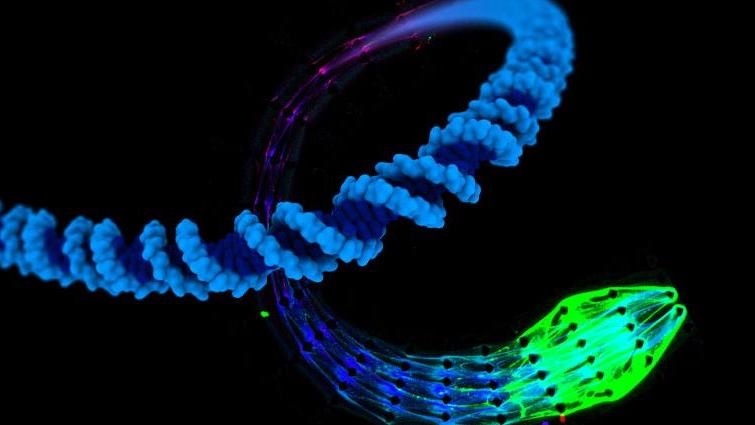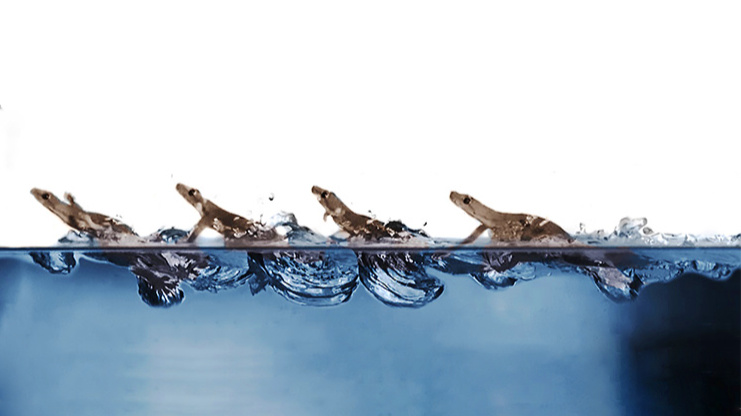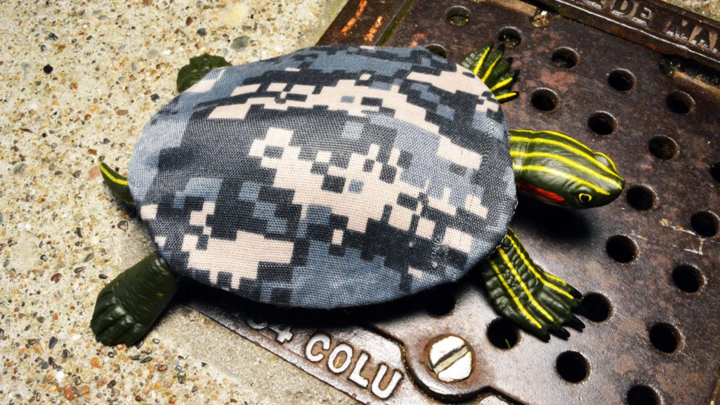biomimicry
Life finds a way — in this case, by smelling like death.
The new tool may someday be used in work that needs a light touch.
An innovation may lead to lifelike evolving machines.
Jonathon Keats proposes a “Reciprocal Biomimicry Initiative” to help return the favor after taking so many great ideas from them.
